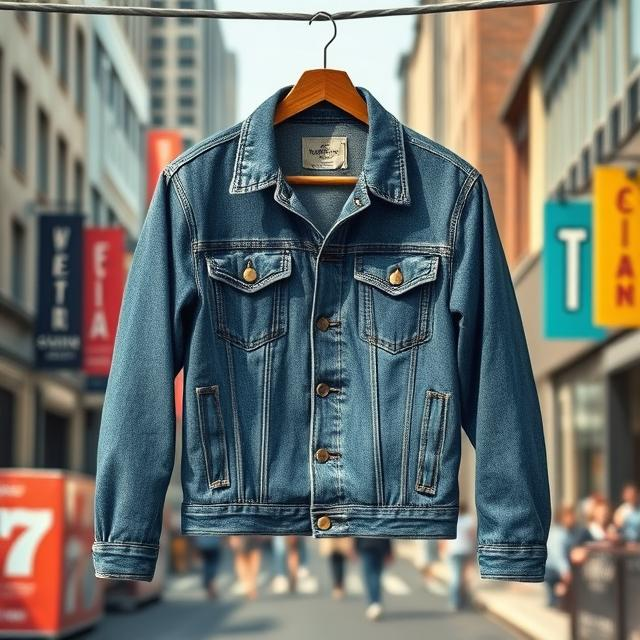Tingimento Hank: A Arte por Trás do Tecido Jeans

Introduction to Denim Fabric and Its Roots
If you’ve ever wondered, “What is denim fabric?” ou “How is denim fabric made?”, you’re not alone. Denim is one of the most iconic fabrics in the world, known for its durability and timeless appeal. But before denim became the mass-produced material we know today, it was crafted using traditional methods like hank dyeing—a technique that’s making a comeback among artisans and denim enthusiasts.
In this post, we’ll dive into the fascinating world of hank dyeing, explore how it shapes denim fabric, and explain why it’s still relevant today. Whether you’re searching for “denim fabric by the yard” or curious about the process behind your favorite jeans, this guide has you covered.
What is Hank Dyeing?
Hank dyeing, also known as skein dyeing, is one of the oldest methods of dyeing yarn, dating back centuries. Unlike modern continuous dyeing ranges that churn out yards of denim fabric quickly, hank dyeing is a slow, hands-on process. Here’s how it works:
- Preparação: Bundles of yarn, called skeins, are rinsed to open up the fibers, making them ready to absorb dye.
- Tingimento: The skeins are dipped into a vat of dye—often natural indigo—multiple times to build up color depth.
- Washing and Repeating: After each dip, the yarn is washed, then dipped again until the desired shade is achieved.
- Fixing the Color: Finally, the yarn is steamed to lock in the dye, ensuring it stays vibrant.

Hank Dyeing
Why Hank Dyeing Matters for Denim Fabric
So, why does hank dyeing stand out when it comes to creating denim fabric? Let’s break it down:
- Rich, Deep Colors: The repeated dipping process results in a color intensity that’s hard to replicate with modern methods. This is perfect for premium denim fabric, often sold “by the yard” for custom projects.
- Mais suave no fio: Compared to high-speed continuous dyeing, hank dyeing puts less stress on the fibers, preserving their strength and texture—ideal for durable denim jeans.
- Unique Aesthetic: While some believe natural indigo-dyed denim doesn’t fade with contrast, it’s actually the hank dyeing technique that minimizes the “ring dye” effect (where the outer yarn dyes more than the core). This creates a subtle, artisanal look.
The Trade-Offs of Hank Dyeing
While hank dyeing offers unmatched quality, it’s not without its challenges:
- Time-Intensive: The process is labor-heavy, requiring multiple dips and washes, which slows production.
- Higher Costs: Lower output means higher prices—something to consider if you’re sourcing “denim fabric by the yard” for a project.
- Less Contrast Fading: For denim lovers who crave that worn-in, high-contrast fade, hank dyeing might not deliver the same dramatic effect as ring-dyed yarns.
Despite these trade-offs, brands like STORY mfg have embraced hank dyeing to create sustainable, high-quality denim that stands out in a mass-produced world.
How Hank Dyeing Fits Into Modern Denim
Today, hank dyeing is a niche but growing trend, especially among those searching for eco-friendly or artisanal denim. It’s often paired with natural indigo, aligning with the demand for sustainable fashion. Curious about “what fabric is denim made of”? Traditionally, it’s cotton, but the dyeing process—like hank dyeing—defines its character.
If you’re a DIY enthusiast looking to buy “denim fabric by the yard,” hank-dyed options offer a unique starting point for custom jackets, jeans, or upholstery projects. The result? A piece that’s not just clothing but a story of craftsmanship.

hank-dyed denim jacket on a wooden hanger
Conclusion: Discover the Art of Denim
Hank dyeing may be an old-school technique, but its influence on denim fabric is timeless. From its rich colors to its gentle process, it’s a reminder that quality takes time. Whether you’re exploring “how is denim fabric made” or seeking premium materials for your next project, hank-dyed denim offers something special.
Ready to dive deeper into the world of denim? Visit lydenim.com for more insights, or reach out to Malone@lydenim.com to source the perfect denim fabric for your needs.
